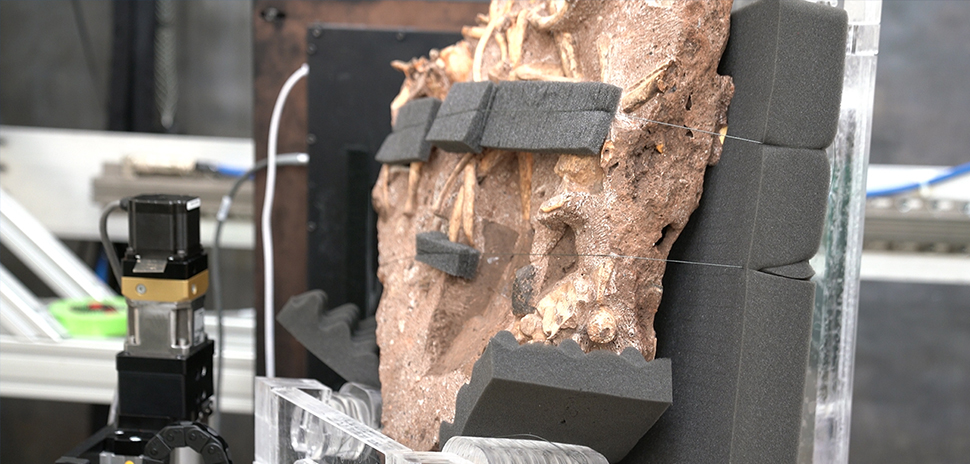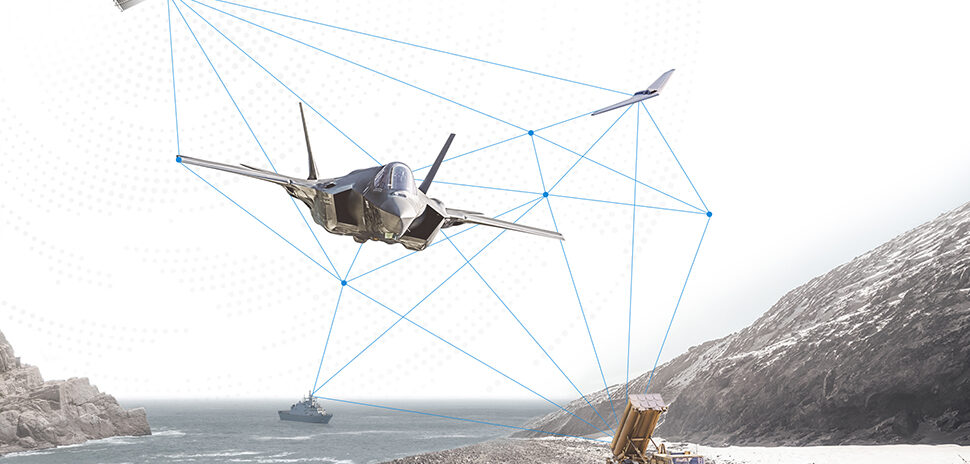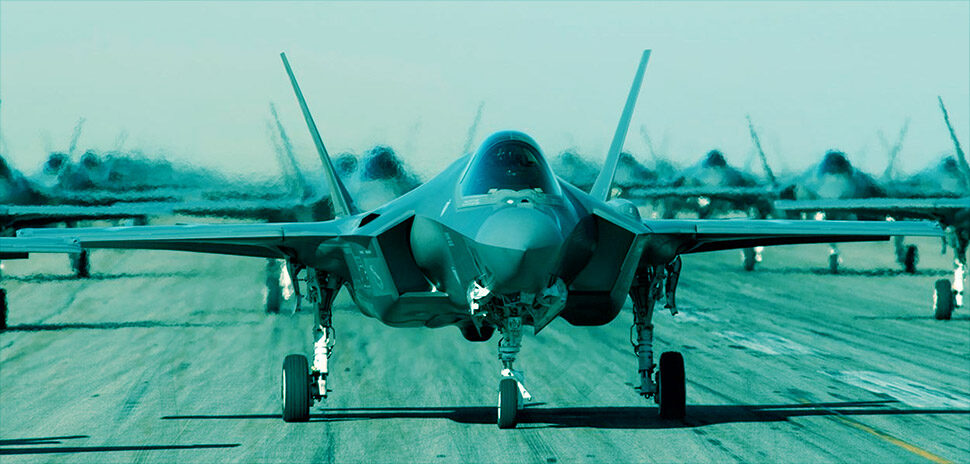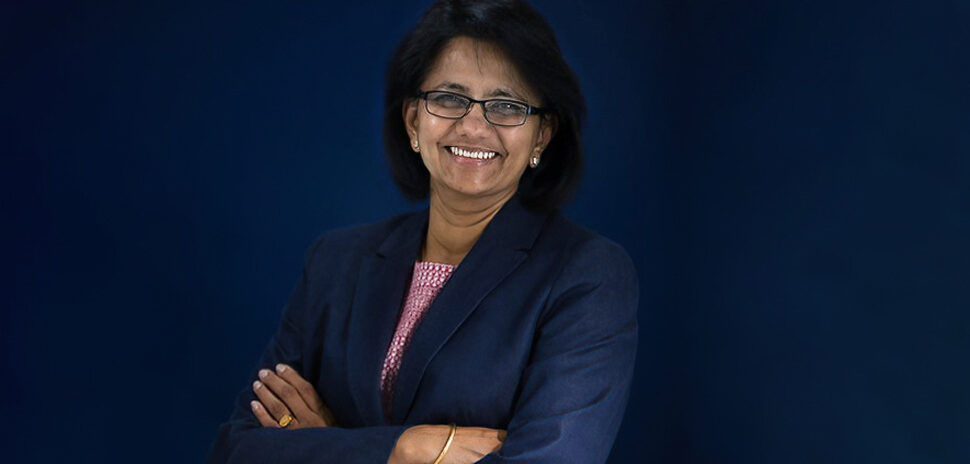Lockheed Martin’s Grand Prairie facility is bringing its micro-CT scanner technology to a two-million-year-old challenge—in the company’s own North Texas backyard.
An ancient Australopithecus sediba humanoid skeleton named “Karabo” was found by paleoanthropologist Dr. Lee Berger and his son in South Africa in 2008. The two-million-year-old fossil—making an almost-complete skeleton—has provided new data to the scientific community, but Lockheed’s technology promises to add to that knowledge.
Parts of the fossil are encased in highly compacted rock due to decomposition. But with Lockheed’s micro-CT (computed tomography) scanner, the team will be able to take a peek into otherwise inaccessible mass.
Lockheed said its Grand Prairie facility uses the scanner for various government programs, but this opportunity has been a “stretch outside of its comfort zone” for an aerospace and defense company. Lockheed Martin engineers worked with teams from the Perot Museum and Wits University to use the micro-CT scanner to provide new data of what’s inside the cemented block. It could help determine what bones are fossilized inside the rock and potentially create 3D-printed bones that could be used for future research.
According to Lockheed Martin, its team is excited to take part in future technology advances in archeology and scientific investigations. Two of Lockheed’s players in the era-spanning saga include Keith Hickman and Luke Olson.
Hickman, a quality engineer, specializes in non-destructive testing (NDT) and works with the micro-CT scanner daily to inspect hardware—without harming the inspected pieces—to detect flaws before the parts are put into use. His role in the fossil project was using the scanner to inspect the interior of Karabo via 3D computed tomography, a process involving piecing together thousands of x-rays into 3D visual data. Lockheed’s CT scanner combines a high-power industrial x-ray source with a high-resolution digital detector, ideally suited for peering into the dense fossil material.
Olson is an interactive media member of Lockheed’s Engineering Visualization Environment (EVE) team producing video visualizations. His role in the project was taking the CT scan data and turn it into a visual representation.
Lockheed said the visualizations can convey complex ideas that are more concise and comprehensible than other methods. CT scanning and the visual effects industry are related, but connecting the two is where the EVE teams comes in.
“The world of CT scanning and the world of visual effects and animation have many similarities, but there’s not a bridge between the two,” Olson said in a statement. “By building a bridge, it will enable Lockheed Martin to provide the data to help tell stories of nature and science based on what we’ve learned by telling engineering stories.”
The fossils and findings will be on display until March 22 at the Perot Museum of Nature and Science’s Origins: Fossils from the Cradle of Humankind exhibit.
![]()
Get on the list.
Dallas Innovates, every day.
Sign up to keep your eye on what’s new and next in Dallas-Fort Worth, every day.
































